Standing on the crypto shoulders of Coding Giants - with Arnold Daniels of LTO Network, Part Two; by Mickey Maler
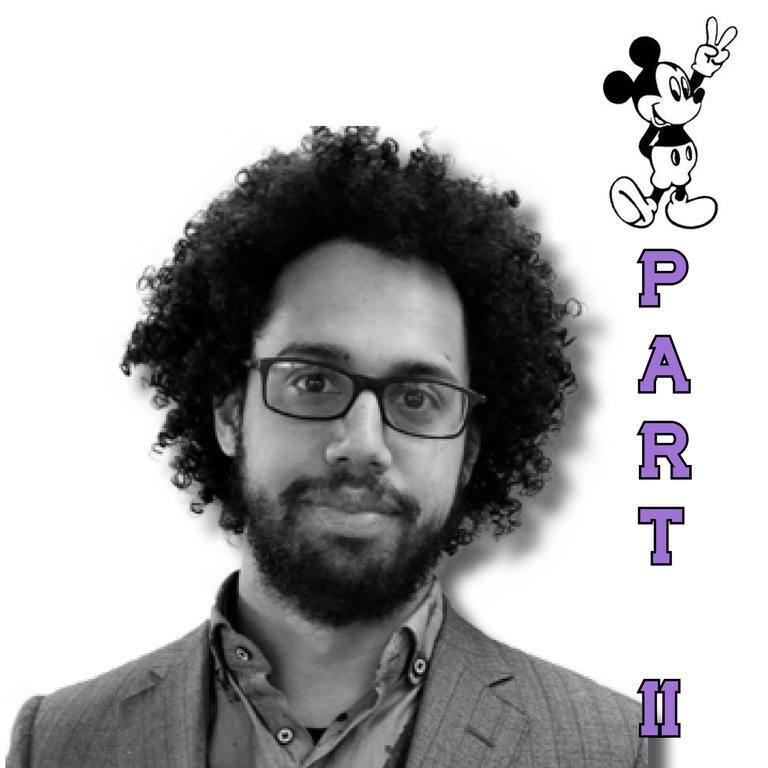

Didn't catch the first part of this interview? Go and fetch up yourself right here Do you want to experience Arnold's dungeon? Play the soundtrack from his library for better immersion
If you are a Linux user, what is your favorite Linux distribution?
I’ve used Ubuntu since Dapper Drake and Debian before that, but on my desktop as on pretty much any server I’ve set up. Running anything else, including Windows, feels like a long forgotten memory.
I heard Rick Schmitz, the CEO at LTO Network, that you are their personal Vitalik! Let me ask you then, what do you think about Vitalik's and Satoshi contribution to this world?
I can still imagine a world without blockchain. I hope in 5 years time, this will be different and we can put Satoshi and maybe even Vitalik in the software hall of fame together with Dennis Ritchie, Tim Berners-Lee, and Richard Stallman.
I also want the stress that even though we all like heroes, software development is a team effort and we should praise the whole team, rather than single persons.
And Linus Torvalds. Yes, you are right. Tell us then something about the rest of LTO coding core team, please.
Our team is led by Sven, our CTO. He’s very much a tech guy like me, but he also has the management skills required to keep the project running smoothly.
Moesjarraf has been with us since the beginning as the first ‘real’ job after college. He’s a true talent, that quickly worked his way up to the senior developer.
Yevhen thinks and works a systematic way that’s more common for a backend developer, but he’s chosen to focus on front-end instead. This gives the code a quality typically unseen in front-end applications. He works together with Sarfaraaz, our UI developer.
Benjamin is a designer with proper HTML skills, all static sites, and pages are created by him.
Mitchel and Jurre are fresh out of college, with the whole academic knowledge fresh in mind. Mitchel helped a lot with the LTO whitepaper.
Thanks for introducing us the rest of the LTO team. Since we talked about platforms earlier, would be what smart contract platforms you think have potential in the near future (EOS/NEO/ETH/QTUM, etc.)?
I feel that there are too many projects focussing smart contracts that are very similar. Any advancements on one chain can be easily copied by others. So I doubt if technology can give any of those projects an edge. Instead, the ‘winning’ chain will be determined by other factors like the strength of the community and vendor lock-in. In that, Ethereum is clearly in the lead.
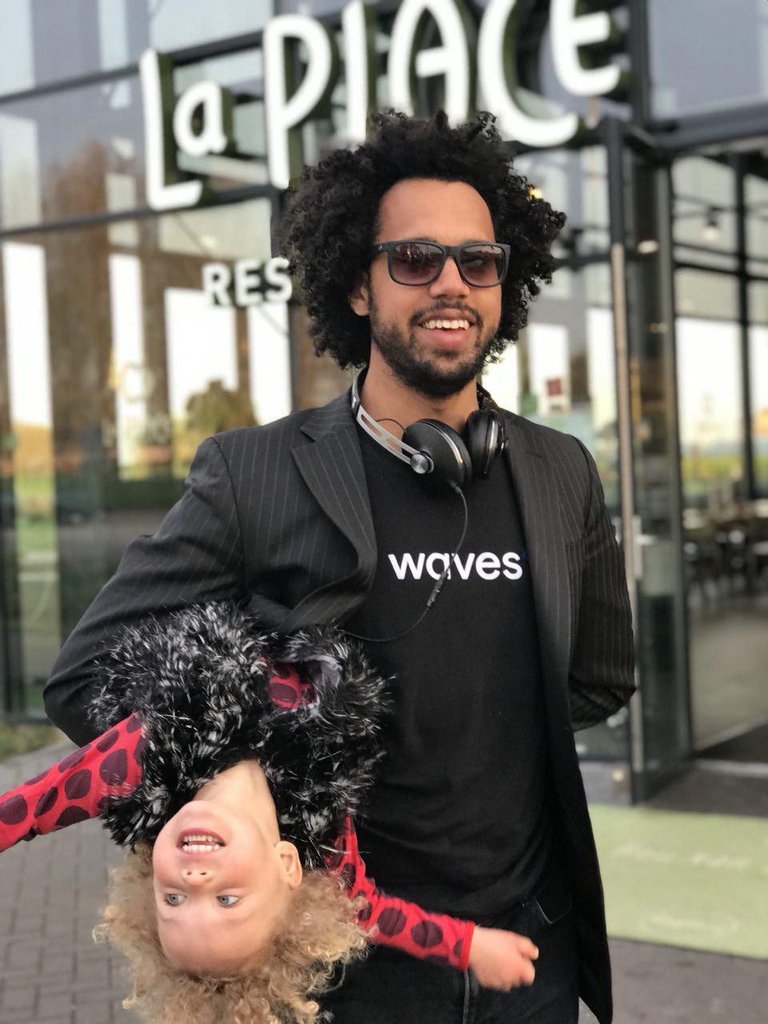
I read a few articles about PoS vs. PoW. What is your stand in this problem and what do you prefer more?
Proof of Work is a brilliant consensus mechanism that creates a network where anyone can participate without limitations. With Proof of Stake, the value of the network is directly linked to how likely the network can be compromised. That’s why PoS networks need to start centrally where the sale of tokens give the network it’s the initial value.
That said PoW has two major downsides in my opinion. First of all, mining is a major waste of energy, we have to be critical of that. Second, a mining pool can temporarily switch to mine on another network in order to discredit it. For this, I consider PoS to be the more practical one and therefore preferred.
Can you tell us more about LTO consensus mechanisms, please? Is that right that you will transcend from the current one to the other, later during this year?
LTO currently has Leased Proof of Stake as consensus mechanism. It’s a permissionless method, where anybody can run a node. The leasing allows token holders to participate without having to run a node themselves. It’s important that the token has a purpose for anyone holding it and not just a means for payment and/or speculation.
What frameworks do you use? Are you also a creator of some of those?
We’re using NodeJS and PHP together with MongoDB and RabbitMQ. Our node isn’t a monotonic application but exists as a collection of small decoupled services. Decoupling allows the solution to be elastically scalable.
PHP has fallen out of grace, but it really deserves a second look. A major strength of PHP is that it’s naturally stateless. You can simply scale out when more capacity is needed to process the queued events. I’ve created libraries that embrace this kind of behavior.
For NodeJS we want the opposite. It should handle as many connections as possible, but we don’t need it to do the heavy lifting.
Additionally, we’re not afraid to go low level when needed. If performance matters, we code in C and expose this to Node or PHP, rather than trying to optimize the JavaScript/PHP code.
What's your workflow is like for developing smart contracts and dapps, and what frameworks and tools do you like to use? What kind of devices do you use for your coding work, while sitting deep down in the dungeon? .)
Tests, tests, tests, and more tests. I try to do TDD, but typically write the code and tests pretty much at the same time. Automated tests are very important. I typically don’t even run the application until merging with the master.
For Live Contracts, we have a test suite where you write tests in Gherkin, which is a close as natural language (English) as you can get.
I use a full blow IDE that allows me to run a test as I type it. It also does static code analysis, which includes type checking and many other things. I can’t imagine working without it.
We have a continuous integration street, which also runs static code analysis, all automated tests, and checks if the code meets our standards. This is all important to maintain high code quality.
Now it's time to ask you If you would be so kind and educate us little about Layers LTO uses and the combination of Private/Public and Permissionless chains.
LTO Network is a hybrid blockchain, consisting of a public PoS blockchain and a private event chain. Additionally, private data can be shared off-chain peer-to-peer between nodes. This is important for compliance of privacy regulations like GDPR.
The public chain is optimized for anchoring; writing a hash to the chain. That’s useful for timestamping and making data tamper-proof, but it also allows the parties to reach consensus on the private event chain.
The event chain is an ad-hoc blockchain. A new chain is created for each process and shared between the participants. There can be as little as 2 parties participating on the event chain, making it impossible to reach consensus in case of a conflict. To solve this, each event must be anchored on the public chain. Because all transactions on the public chain have a specific order, it can be used to determine the order of events in a trustless way.
Can you please tell us something about Live Contracts and the way they act in LTO Network scheme?
The genesis event of an event chain contains a Live Contract. This contract defines the initial parties, processes that can be run and other rules that the parties want to agree upon.
Similar to a Smart Contract, only the actions defined in a Live Contract can be executed. However, unlike Smart Contracts, the Live Contract contains both on-chain as well as off-chain instructions, for instance, instructions for an existing system a party is already running. This makes it trivial to integrate LTO Network in existing IT infrastructure.
Since the execution of instructions happens off-chain, there is no guaranteed truth. When a party puts data on the chain, it’s their claim. That claim can be disputed by any of the other parties at any time.
Can Live Contract be considered as an LTO Network contribution to Blockchain tech?
Other networks could benefit from Live Contracts as it fulfills a different role as Smart Contracts.
The beauty of a smart contract is that it can capture value, for instance by holding ETH or an ERC20 token, without the need of force to uphold the agreement. A Live Contract isn’t able to do that. However, a smart contract that doesn’t hold value is pointless. Being self-enforcing, allowing any party to walk away from it at any time.
Live Contracts are much closer to contracts as we’re currently used to and can capture agreements that don’t fit the code-is-law logic of smart contracts.
What kinds of cryptography do you use in LTO?
We use Blake2b and SHA-2 for hashing. For signing, we use ED-25519 and for encryption X-25519. These algorithms are widely supported. The rule is, if you don’t need to get experimental with encryption, then don’t.
Are you plan to add other technological features right next to the anchoring?
We’re careful about trying to add to many features to our chain. Having limited functionality means it’s very easy to optimize on scalability and performance. For a general purpose blockchain like Hyperledger or Ethereum, this is much harder. We are planning to add some features.
On the public chain, we’ll be adding public certificates. The final goal of this is to function as a chain of trust. This has been tried on the web but lost out against SSL. We feel that this will work better on the blockchain.
On the private chain, we’ll also make it possible to share privacy sensitive data in a compliant way outside of a predefined process.
OK my friend, we are almost done in here. Let me ask you then, what kind of advice would You give to young Arnold Daniels now?
Keep your eyes open and don’t fall for sunk costs. I’ve worked on a lot of great projects like LTO, but I’ve also worked on projects that weren’t hitting it home. Letting go of your ‘baby’ can be hard, but you really need to keep honest with yourself.
Do you have some tips and tricks, maybe books, for all those that want to become Blockchain developers, solid coders, even maybe Lead Architects?
I didn’t feel that my Computer Engineering helped a lot when I started out as a developer. But later in my career, I benefited a lot of it. As an example, understanding blockchain on a technological level is very easy for a computer engineer as you’re already familiar with all the components. Without that, you risk becoming an expert in the framework or tech you’re using now, but that might be obsolete a few years later.
I like design patterns, as they allow you to think in bigger blocks, for that read the books of the gang of four and Fowler. Don’t buy or read any programming language, framework or application books. Just get the information you need from the web and ignore the rest.
The best road from developer to architect is to work on anything. Help out any team that needs extra hands. Listen, learn and try to understand everything.
What advice would the young Arnold Daniels give You? :)
Keep in touch with your friends. I had a lot of friends in my twenties, but family life and my career made me neglect many friendships.
I think that's a natural swap of every man in a specific time of life, my friend. What does the future hold for LTO Network and blockchain technology?
It’s time for blockchain to move beyond the experimental phase and provide real business value. LTO Network will be one of the projects that lead the way to mass adoption.
Let me use my last two questions as a show-closer of this interview. What is the most inspiring book you have ever read?
1984 by Orwell. It’s meant as dystopian future but is closer to the truth than ever intended. Not only is privacy dead. Less obvious is internet behaving as thought police. You can get publicly executed, cheered on by the masses, for saying (or even implying) something deemed politically incorrect. It makes me sad :-(
And finish this by telling us something about the most adventurous trip you have ever made. Thank you very much for being my guest, have a nice day and I wish you all the best for upcoming years and a lot of nurturing and fertile ideas meanwhile coding in the dungeon. Take care.
My adventurous trip is becoming a dad. Becoming a father changes your life beyond recognition.
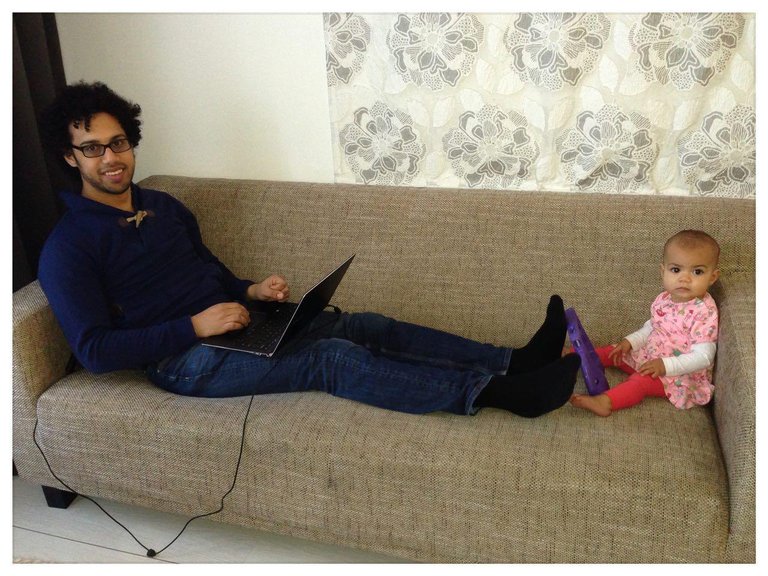
New York Minute
I think you could have been born in a decade which allowed you to play and remember the legendary game: Max Payne. New York minute is a particular hardcore playing mode in which you need to take down your enemy every few seconds, or you will be shut down by the game. This brought me a decent idea to use this principle in my interview. Your task here is to answer these questions as spontaneously and using as fewer words as possible.
1. What would you do differently if you could do it all over again?
Take the time to smell the roses. I haven’t always taken the time to actually enjoy what I was doing.
2. How has LTO Network's vision evolved from Day 1 to today?
By pivoting in small or big ways many times. A clear vision that you can follow all the way to success is an illusion.
3. What have you learned this year so far that will be game changing in the next year?
Cryptography based authentication in the browser (via the phone). We might be moving away from username/password authentication.
4. What is the greatest challenge you’ve faced with LTO Network so far?
Having to postpone the ICO for half a year after having to accept that we weren’t ready. And then for another 4 months while finding a way to deal with the ‘death’ of ICOs.
5. What keeps you up at night?
Nothing. If I’m stressed I become very tired and just want to sleep.
6. What have you learned this year that was a surprise?
(A lot) more people are moving from ERC-20 to mainnet than the other way around.
7. What precisely is your priority for the next six months?
Keeping the promises we made towards our community. That includes releasing a set of features, but mainly working on adoption.
8. What do you think is your own greatest leadership blindspot?
I don’t consider myself a leader. While I love social situations, I am very much an introvert. That means most of the time I want to be left alone with my thoughts.
9. What does "success" for a company like LTO Network look like to you?
When millions of people depend on LTO without even realizing it.
10. What about the space are you passionate about?
The community feeling for blockchain. I (mostly) love the discussions in our Telegram groups and crazy stuff like all kinds of memes.
11. How would customers benefit from LTO Network `s core strengths?
By picking the low hanging fruit, like adding a security layer through anchoring and then showing the blockchain is actually useful in the real world.
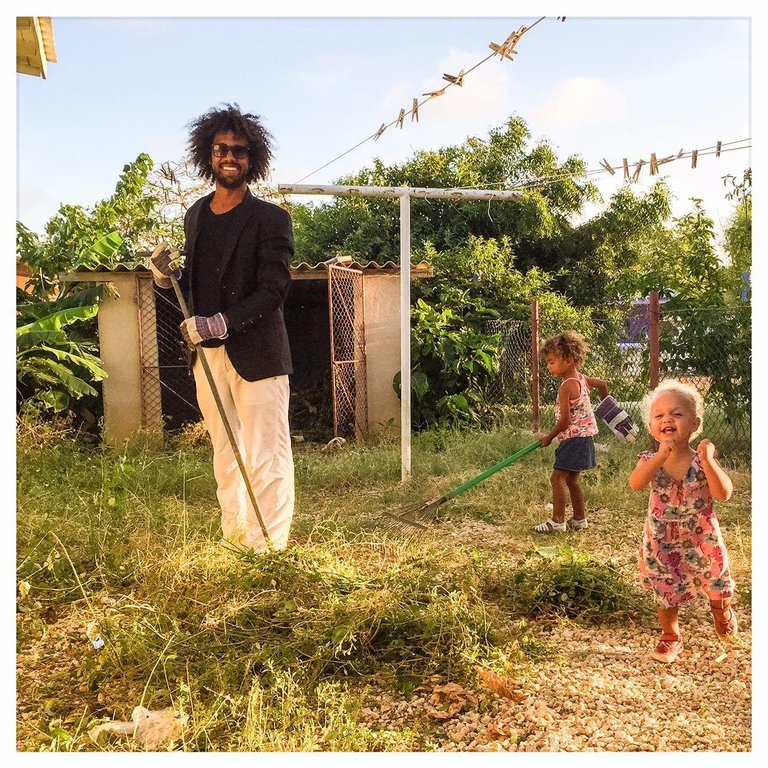
Additional Links
Arnold Daniels - LinkedIn
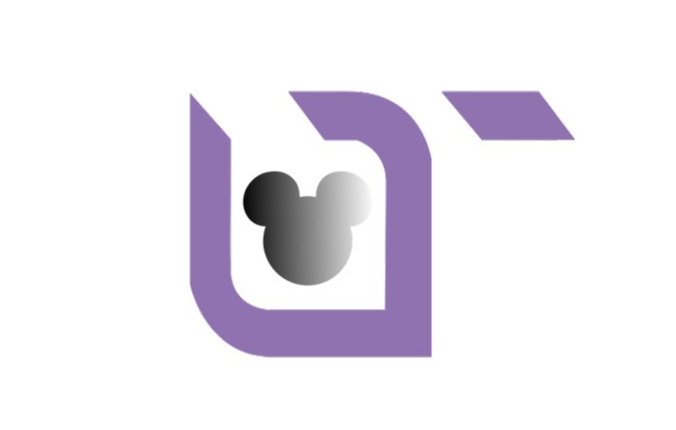
(Prefer Tequila) at Telegram or shoot a shouted "Tweet".
Never stay tuned
With respect, Mickey